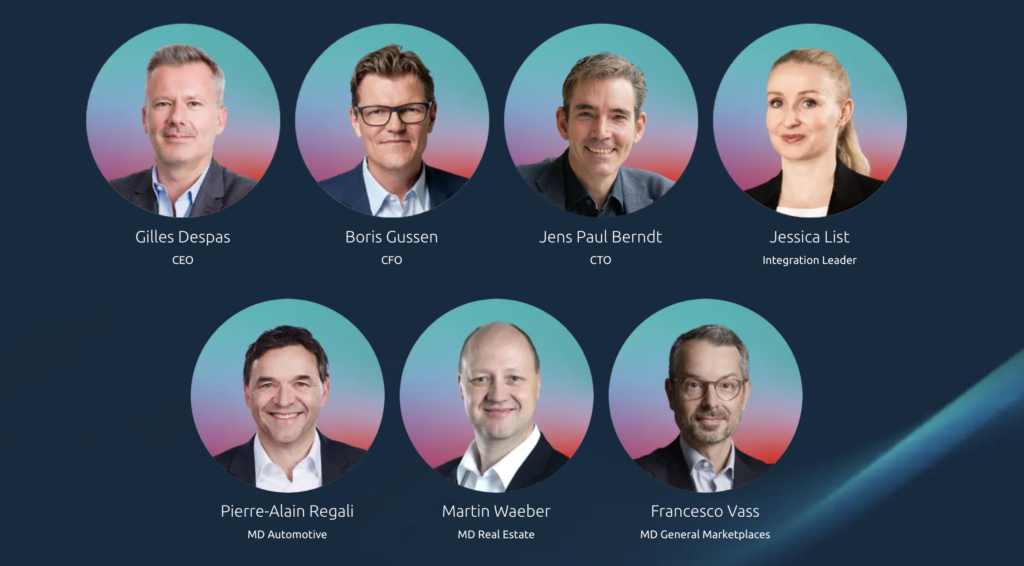In addition to mild weather, the past month also brought an easing of the property market, as an analysis of listings on ImmoScout24 shows. Not only buyers of residential property benefited from falling asking prices, but also tenants looking for accommodation.
Prospective buyers of single-family homes were rewarded for their patience in February: prices published in advertisements fell by 1.0 per cent compared to the previous month. This more than reversed the significant increase at the beginning of the year, as the latest edition of the Swiss Real Estate Offer Index shows. This is compiled and published by ImmoScout24 in collaboration with the property consultancy IAZI.
At the end of February, the average advertised price per square metre of living space for single-family homes was CHF 7,411. Compared to the first of the month, this corresponds to a discount of around CHF 77 per square metre. “Anyone who waited a little longer to buy a house since the start of the year had an advantage, depending on the initial situation,” says Martin Waeber, Managing Director Real Estate at SMG Swiss Marketplace Group. House prices have also calmed down in the longer term: over the past twelve months, they have remained extremely stable at +0.1 per cent.
Condominiums maintain price level
In the condominium segment, February brought a zero round: asking prices from flat sellers remained at exactly the same level as in the previous month (0.0 per cent). Over the last twelve months, a price increase of +2.9 per cent can still be observed. However, in view of the exorbitant growth rates in previous years, the market for condominiums also appears to have reached a temporary limit.
Slight relief for tenants
Rental flats were advertised at 0.6 per cent lower prices on average across the country. Renters in Central Switzerland (-2.2 per cent), the greater Zurich region (-1.8 per cent), Ticino (-1.3 per cent) and Eastern Switzerland (-0.7 per cent) in particular can expect somewhat more moderate rents. Price expectations remained virtually unchanged in Northwestern Switzerland (-0.1 per cent), while slightly higher asking rents were observed in the Central Plateau (+0.4 per cent) and the Lake Geneva region (+0.5 per cent).
“After several months of increases, February brought a ray of hope for flat seekers,” attests Martin Waeber, adding that last Friday’s announcement that the reference interest rate under rental law would remain at its current level also contributed to this encouraging sign. In the longer term, however, asking rents are still on course for growth, as can be seen from the increase of 3.8 per cent over the last twelve months.
As at 29 February 2024
The Swiss Real Estate Offer Index is published on the ImmoScout24 and IAZI AG websites.
www.immoscout24.ch/immobilienindex
www.iazi.ch/angebotsindizes
Detailed information and statistics about the overall Swiss trend and those in the various regions are available in the Download section.
Rental offers throughout Switzerland (CHF/m2 per year)
| 01.02.2024 | 29.02.2024 | Change | in % | |
| Month | 281.9 | 280.1 | -1.8 | -0.6% |
| 28.02.2023 | 29.02.2024 | Change | in % | |
| Year | 269.9 | 280.1 | 10.3 | +3.8% |
Offers to buy detached houses throughout Switzerland (CHF/m2)
| 01.02.2024 | 29.02.2024 | Change | in % | |
| Month | 7487.6 | 7411.1 | -76.6 | -1.0% |
| 28.02.2023 | 29.02.2024 | Change | in % | |
| Year | 7406.6 | 7411.1 | 4.4 | +0.1% |
Condominiums for sale throughout Switzerland (CHF/m2)
| 01.02.2024 | 29.02.2024 | Change | in % | |
| Month | 8749.8 | 8746.2 | -3.6 | 0.0% |
| 28.02.2023 | 29.02.2024 | Change | in % | |
| Year | 8498.9 | 8746.2 | 247.3 | +2.9% |
The values may contain rounding differences.

Sebastian Sinemus
Senior Communications Manager Real Estate & Mediensprecher

